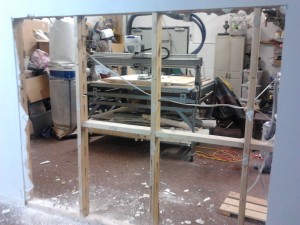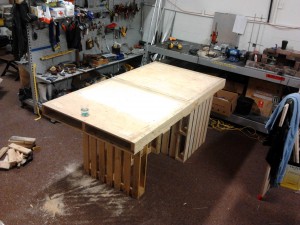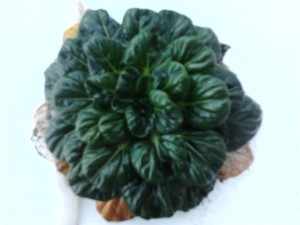Rum. ‘Tis traditional, me hearties! Yoho yoho and all of that. Dead easy to make, particularly here in NZ where we have personal freedom to distil spirits. So, to make rum:
Pop down to RD1 or whatever your local agricultural depot is called. Obtain big bucket of “Blackstrap Molasses.” You can use regular standardised molasses, but you need a bit more. If you’re storing it, check it regularly because it ferments naturally and the lids have been known to blow off. You will need 3-4 litres of molasses to make 4 litres of rum at 50% ABV – approximately 100 proof. This will be flammable, and excellent for both de-greasing machinery and killing brain cells.
Put the molasses in a sterilized 25 litre container that will take a brewer’s airlock. We use the same ones that we make beer kits in. Add 4 litres of boiling water and stir. This will kill wild yeasts. Top up to 23 litres with cold tap water and drop in a packet of brewer’s yeast. You can instead add a litre of sludge from the last crack at making rum. Most commercial yeasts are grown on molasses, so it’ll ferment like crazy. Fit the lid and wait a couple of weeks.
Distil in a pot or wok still (Google for it), remembering to throw away the first 50ml to avoid methanol poisoning, and to always blend your batch together. You’ll need to either add an anti-foaming agent, or only half-fill the still because rum froths rather a lot. This will give about 4 litres of 40-50% ABV distillate. This is rotgut stuff. Distil it again, keeping the first cut of pure alcohol aside. This concentrates the flavour in the remaining rum and gives you something to make liqueurs with. Cut result with water to suit to your taste. Colour with caramel to emulate commercial “dark” rum, or add oak chips to make it taste like real aged rum.
Easy, isn’t it?



 ve planted the next generation of beet which will take over from the current run which was planted in April and has provided us with 2 meals every week over the winter period. The plants are going strong but I am told that they are likely to go to seed soon. These are Kings Seeds “Beet Rainbow Lights”. I like the Kings Seeds best as the range of colours is more spectacular than I had in my previous big name pack. The cabbage shown there is ironically the “Space Saver” variety ( also from Kings) – ironic as this is the biggest cabbage I have ever grow. The beans went in mid August which is early even for Auckland. They are a little yellow, but I don’t think this is due to the weather, rather it is a result of the PH being high, which beans appear to be very sensitive too, a result of me losing my PH testing kit (now replaced). As I have this issue with the PH frequently in spring, but not any other time, I suspect it may have something to do with the broad beans.
ve planted the next generation of beet which will take over from the current run which was planted in April and has provided us with 2 meals every week over the winter period. The plants are going strong but I am told that they are likely to go to seed soon. These are Kings Seeds “Beet Rainbow Lights”. I like the Kings Seeds best as the range of colours is more spectacular than I had in my previous big name pack. The cabbage shown there is ironically the “Space Saver” variety ( also from Kings) – ironic as this is the biggest cabbage I have ever grow. The beans went in mid August which is early even for Auckland. They are a little yellow, but I don’t think this is due to the weather, rather it is a result of the PH being high, which beans appear to be very sensitive too, a result of me losing my PH testing kit (now replaced). As I have this issue with the PH frequently in spring, but not any other time, I suspect it may have something to do with the broad beans.


